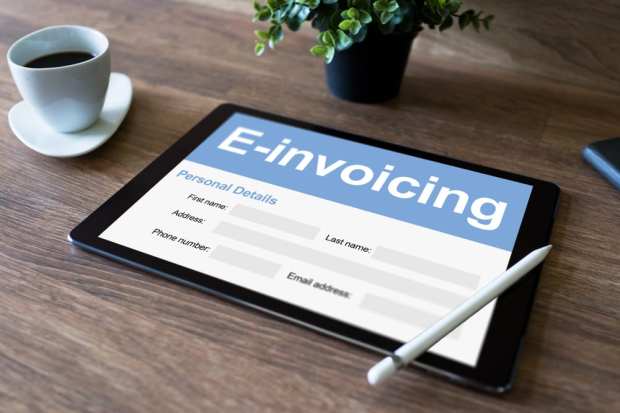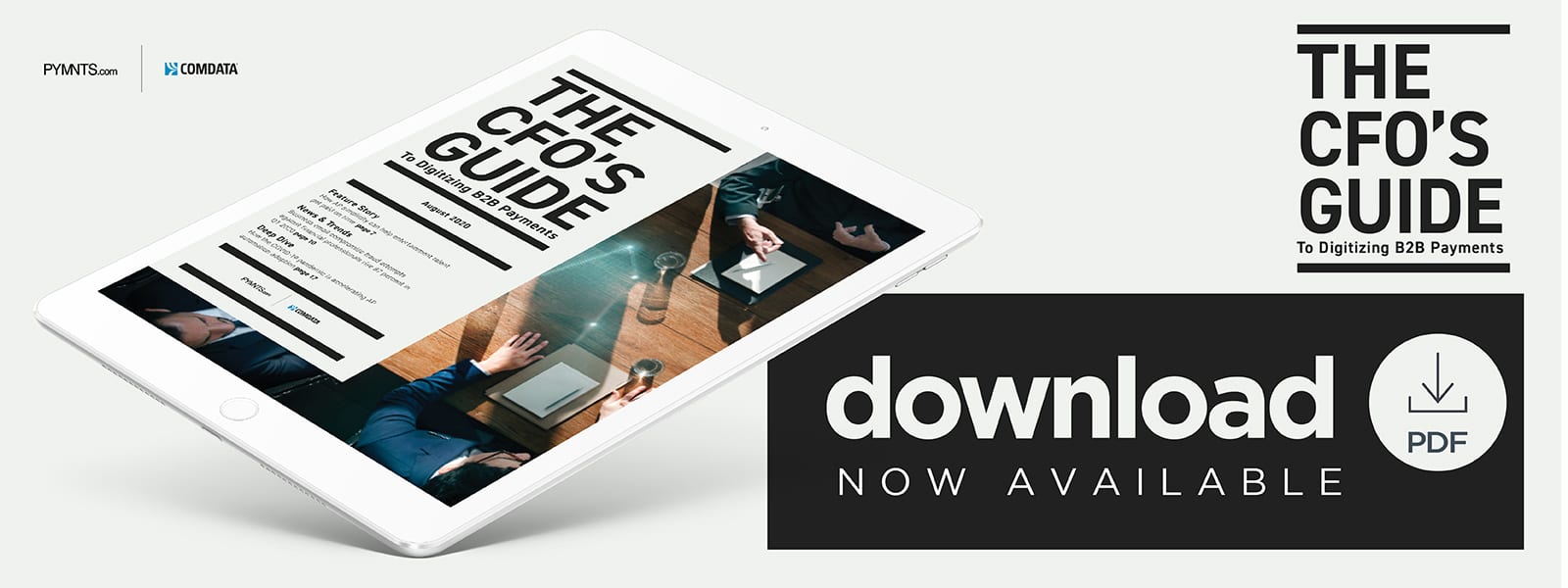Deep Dive: How The Pandemic Is Prompting A Fresh Look At AP Processes

The COVID-19 pandemic and its resulting economic downturn have placed new strains on corporate buyers that could persuade them to more quickly replace manual AP processes with digital ones. Companies that relied on local AP processes were caught flat-footed by the public health need for employees to work remotely whenever possible. These legacy practices became much harder to maintain under such constraints. Older AP setups faced challenges, too, as corporate buyers needed clearer understandings of their payment obligations and greater control over their payment timelines to better respond to the cash flow strains the economic disruption caused. These insights can be difficult — if not impossible — to gather when using manual, paper-based processes.
This month’s Deep Dive examines how the pandemic is changing AP practices and encouraging corporate buyers to adopt cloud-based systems and artificial intelligence (AI)-powered AP automations.
Working Efficiently From Home
AP team members who are working from home need to receive invoices easily, monitor upcoming bill due dates and approve or issue payments. These requirements can inspire companies to switch from manual operations to digital ones that utilize cloud systems that employees can access anywhere. Companies may also need to adopt additional tools to help their remote employees work as effectively as possible.
Efficiency is a particularly important goal for companies that have had to lay off staff members and are now tackling previous amounts of work with fewer personnel. Layoffs could be a significant issue impacting AP departments: A survey of 17,000 professional social networking app users conducted between March 13 and March 16 found that 44 percent of finance sector respondents expected layoffs at their companies. This environment encourages businesses to adopt AP tools that will help them meet their payment obligations without overburdening the remaining staff.
One key solution is invoice processing automation, which works to extract information from paper or PDF supplier invoices. Companies can leverage offerings that use AI-powered technology to quickly learn to parse relevant details from scanned or emailed invoices and code that data according to internal policies. These types of technology-based supports are in demand in AP departments: A 2019 study of 1,000 U.S. workers found that 70 percent of employee respondents said they would like to automate data entry and other basic tasks. The pressures of the ongoing crisis are highlighting the value of this type of assistance.
Payment Flow Oversight And Control
Companies that automate some of their AP processes are likely to save time as well as reduce other budgetary pains. Costly human errors can slip into manual invoice processing, resulting in accidental overpayments and lengthy vendor disputes. Companies could end up paying twice if workers mistakenly file invoices that have already been uploaded or fail to realize when vendors accidentally submit duplicate invoices. AI-powered tools can help detect such issues and send alerts when they occur, however. This could relieve a major friction — a 2020 study reported that 25 percent of organization respondents said manual AP processes resulted in too many duplicate invoices or payments.
That same report found that 17 percent of organizations struggled with the lack of visibility into unpaid financial obligations when using manual processes. This can restrict businesses’ abilities to plan accurately and also prevent companies from easily tracking their outgoing payments and reassuring suppliers that funds are on the way. A 2019 study found that 40 percent of companies said AP automation led to improved oversight of their outstanding invoices.
Buyers that can quickly access up-to-date knowledge about their payments and develop more accurate forecasting can respond strategically to budget strains by adjusting the delivery time frames of their vendor payments. This has become a particular focus for buyers who are trying to effectively manage their operations during current financial uncertainties. Many buyers have seen their revenues drop and are coping by keeping more funds on hand. This strain has resulted in more than 40 percent of roughly 500 surveyed finance professionals reporting that they intended to cancel payments to their suppliers or delay their deliveries.
However, companies that have had more of a cash buffer report taking the opposite approach and have said that they intend to pay vendors earlier to ensure that those supplier partners do not go out of business. There are real savings to be made by paying promptly: 21 percent of respondents to a 2019 study said that AP automation enabled them to send funds quickly enough to earn early payment discounts, while 20 percent said it helped them avoid paying as much in interest and penalties for overdue payments.
Legacy AP methods have lingered for years in the corporate space, with many businesses sending payments via paper check and manually processing received invoices. Widespread pandemic-related disruption has delivered a wake-up call to many companies, however, accelerating the need to find tools that smoothly transition AP departments to remote work environments, maximize the efficiency of their operations and get deeper cash flow insights to guide their paths forward.

